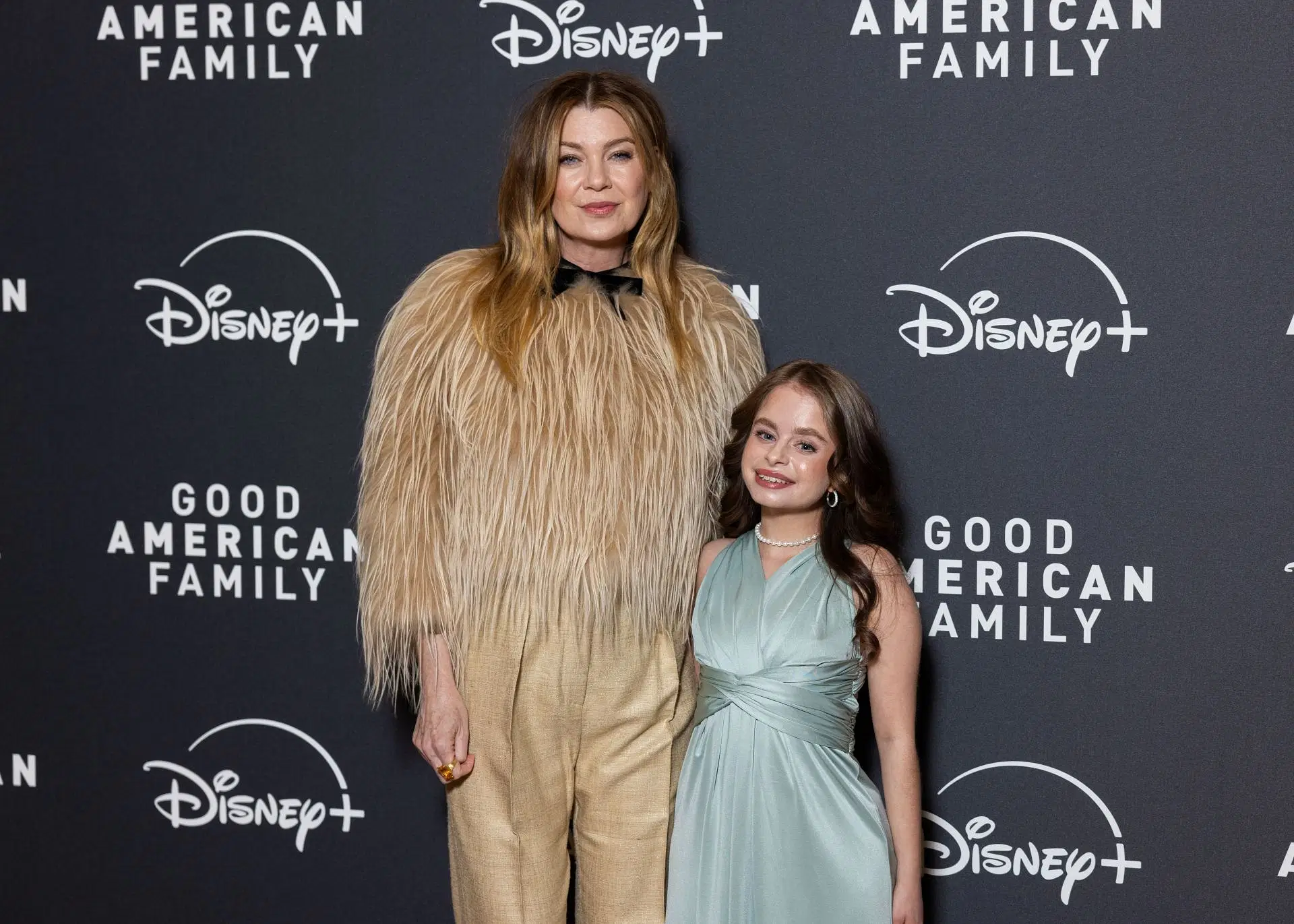Introduction to Fairycore
In a world that often moves too fast, filled with concrete, noise, and screens, a gentle movement has emerged to take us back to the woods, to the mossy rocks, to the dreamy spaces of childhood imagination. This movement is called Fairycore—a whimsical aesthetic built around the allure of the forest, the magic of tiny wings, the sparkle of dewdrops, and the softness of moonlight. It’s more than just a fashion or lifestyle trend; it’s a portal into another realm, one where fantasy and nature intertwine in the most poetic of ways.
What is Fairycore?
Fairy core is an aesthetic rooted in fantasy and nature. Think of a mystical forest bathed in twilight, mushrooms with spots, fluttering wings of unseen fae, and a wardrobe made of gossamer, lace, and flower petals. It’s deeply inspired by folklore, mythology, and fairytales—especially those that center on the delicate and mischievous world of fairies and woodland spirits.
This aesthetic leans heavily on a romanticized view of nature, particularly the forest. It celebrates all things ethereal: light, airy fashion; soft pastel tones; vintage trinkets; handmade flower crowns; and the quiet magic of solitude in the woods. It also resonates with the idea of escaping modernity to return to something simpler, slower, and more soulful.
Origins and Cultural Roots
Though fairy core has exploded on platforms like TikTok, Instagram, and Pinterest in recent years, its roots are much older. The aesthetic draws from centuries of folklore and fairytales, especially from European traditions like the Brothers Grimm, Celtic mythology, and Victorian fairy paintings. Literature like Shakespeare’s A Midsummer Night’s Dream, or J.M. Barrie’s Peter Pan, gave us early glimpses into the enchanted world that fairy core now celebrates.
In the 19th century, during the Romantic and Victorian eras, there was a cultural fascination with nature and the supernatural. Artists painted dreamy visions of woodland nymphs and fairies dancing in the moonlight. The Pre-Raphaelite movement also embraced this ethereal imagery, and many of its artworks feel like proto-fairycore visions.
Key Elements of Fairycore Aesthetic
1. Nature and the Forest
At its heart, fairycore is about nature. Not the harsh wilderness, but the soft, almost mythical side of it: mossy logs, butterflies, sparkling brooks, and wildflowers. The forest is not just a backdrop—it’s a character in the fairy core world. Walking barefoot on damp earth, collecting feathers and stones, listening to the birds, and losing oneself among the trees are considered fairy core activities.
2. Clothing and Fashion
Fairycore fashion is dreamy, flowing, and vintage-inspired. Think:
- Soft fabrics like chiffon, lace, and tulle.
- Pastel colors: pale pinks, lavenders, mint greens, and creams.
- Layered skirts, corsets, oversized sleeves, and ruffled blouses.
- Nature-inspired accessories: mushroom necklaces, floral crowns, vine earrings.
- Barefoot looks or delicate sandals, often styled for forest photoshoots or garden strolls.
Second-hand and handmade items are especially favored, as sustainability is an unspoken value in fairycore culture.
3. Fairy Imagery and Mythology
The aesthetic embraces elements from fairy mythology—glowing lights, invisible wings, tiny doorways in trees, fairy rings, and the idea that magic is always just out of sight. People who embody fairy core often imagine themselves as forest dwellers, maybe even part-fae themselves, with names inspired by flowers or celestial bodies.
4. Music and Sounds
The fairycore soundscape is light and haunting, filled with acoustic instruments, soft vocals, and natural ambience. Artists like Aurora, Florence + the Machine, Enya, and Grimes often feature in fairy core playlists. You might also hear wind chimes, babbling brooks, bird calls, and rustling leaves.
5. Interior Design and Decor
A fairycore space is a soft and magical nook. Rooms are filled with dried flowers, crystals, candles, fairy lights, vintage books, and thrifted furniture. Wall art might include pressed flowers, moon phases, or fairytale prints. Windows are draped in sheer curtains to let in dappled light, and mirrors might be adorned with vines or pearls.
Fairycore vs. Other Aesthetics

It’s easy to confuse fairycore with other similar styles like cottagecore, goblincore, or witchcore—but each has its own essence.
- Cottagecore is more domestic and pastoral. It’s about baking, gardening, and living a cozy, rustic life in the countryside.
- Goblincore celebrates the messy, earthy, and slightly chaotic parts of nature—mud, frogs, moss, and shiny trinkets.
- Witchcore leans into the mystical and occult, focusing on rituals, tarot, herbs, and dark moonlit aesthetics.
Fairycore is lighter, dreamier, and more innocent. It’s the sparkle of morning dew, the flutter of butterfly wings, and the gentle breeze whispering secrets in your ear.
The Psychology Behind Fairycore
There’s something deeply soothing about the fairy core aesthetic, especially in a world often marked by stress and overstimulation. Fairycore provides a space for gentle escapism. It taps into a longing for wonder, for imagination, and for a connection to something ancient and natural. For many, it’s a form of self-expression and healing—a way to reclaim magic in a world that often demands realism.
There’s also a childlike quality to fairy core. Many who are drawn to it speak of it as a return to a simpler time, when they believed in fairies or spent hours building miniature houses for bugs. Fairycore gives people permission to dream again.
Fairycore Online Communities
Fairycore has found fertile ground on the internet. Tumblr blogs, TikTok creators, and Instagram curators have cultivated thriving communities where people share fairycore outfits, DIY crafts, playlists, poetry, and journaling prompts. The hashtag #fairycore has millions of posts, each one a little doorway into someone’s magical world.
There are even Discord servers and forums dedicated to fairycore lifestyles, where people discuss how to live like a modern-day fairy—how to make your own fairy garden, where to find ethically sourced wings, or how to infuse your daily routine with magic.
Living the Fairycore Lifestyle
You don’t need a forest cottage to live the fairycore dream. Here are some ways to bring the aesthetic into your daily life:
- Dress the part, even if subtly—maybe a floral clip or flowy scarf.
- Start a nature journal, where you record the plants and creatures you see.
- Take forest walks, paying attention to small details like mushrooms and spiderwebs.
- Craft fairy trinkets—miniature jars of glitter, pressed flower bookmarks, or DIY lanterns.
- Write poetry inspired by nature and imagination.
- Practice mindfulness outdoors—sit under a tree and just breathe.
Even small acts can reconnect you with the magic of fairycore. It’s less about buying things and more about seeing the world through enchanted eyes.
Conclusion A Return to Magic
Fairycore reminds us of something we often forget: the world is already magical—we just need to slow down and see it. Whether you wear wings in the forest or simply sip tea by your window while listening to a fairycore playlist, the aesthetic invites you to embrace gentleness, nature, and imagination.
In a way, fairycore is a rebellion against cynicism. It’s a refusal to let go of the wonder we had as children. It whispers, “The world still holds magic—come find it.”
You Many Also Read: Y2K fashion men



